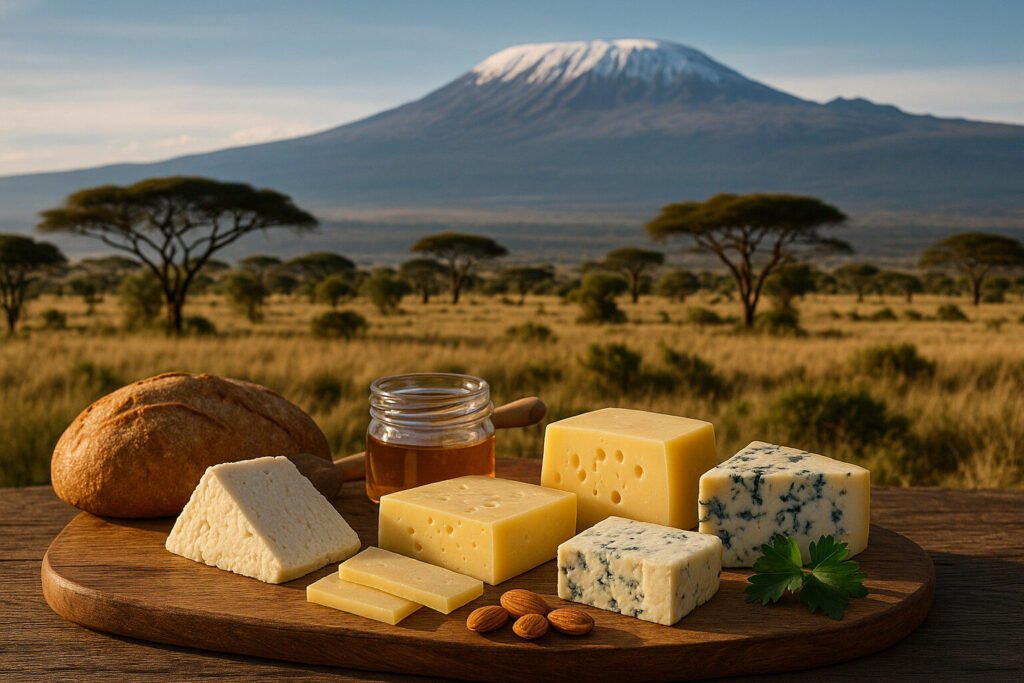Cheese Of Malawi
Definition and Scope
Malawian cheese refers to dairy products crafted within the Republic of Malawi. This category primarily includes fresh, soft cheeses due to the local climate and dairy industry scale. Production often utilizes milk from indigenous cattle breeds, resulting in unique regional characteristics.
The scope encompasses both traditional homemade varieties and small-scale commercial operations. These cheeses are integral to local diets and emerging culinary tourism. They represent a growing segment of Malawi’s agricultural output and food heritage.
Production Methods
Traditional Malawian cheese-making typically involves simple acid or heat coagulation techniques. Raw or pasteurized milk is curdled using natural lactic acid fermentation or occasionally citrus juices. The process emphasizes freshness with minimal aging, suited to tropical conditions.
Modern facilities implement basic pressing and brining for firmer textures. Production scales remain small, focusing on supplying local markets. Artisanal methods preserve cultural practices while adapting to available technology and ingredients.
Sensory Profile
Malawian cheeses generally present mild, milky flavors with subtle tangy notes. Their texture ranges from moist and spreadable to semi-soft, depending on moisture content. These fresh cheeses typically lack the complex flavor development of aged varieties.
The aroma is clean and dairy-forward with occasional herbaceous hints from local feed. Color varies from snowy white to pale yellow based on milk composition. These sensory characteristics make them approachable and versatile for various applications.
Culinary Applications
Fresh Malawian cheeses commonly feature in breakfast dishes and light meals. They are crumbled over salads, spread on bread, or incorporated into cooked vegetable dishes. Their mild acidity complements staple foods like nsima (maize porridge).
These cheeses work well in baked goods and simple sauces where they provide creamy texture. Local recipes often pair them with tomatoes, onions, and leafy greens. Their quick-melting properties make them suitable for simple sandwiches and snacks.
Regional Examples
The Central Region produces most commercial cheese using milk from dairy cooperatives. Here you find basic white brined cheeses similar to feta but milder. These products supply urban centers including Lilongwe and Blantyre.
Northern Region communities create traditional fermented milk products resembling cottage cheese. Southern Highland areas experiment with incorporating local herbs during production. Each region’s cheese reflects available pasture and traditional dairy handling practices.

